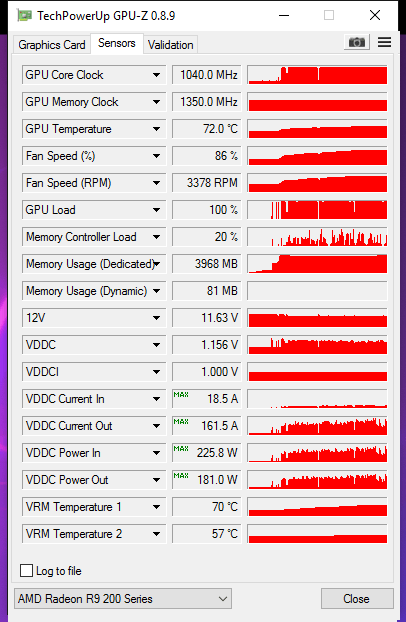Well the Q4 P100 PCie version, ... no FP16 support, no Nvlink ( only compatiblle with IBM chipset anyway ( outside GPU to GPU ). And i soomewhat can imagine that the most "available " one on Q4 will be the salvaged one. ( due to HBM2 ).
OK I can confirm the PCIe version does support mixed precision FP16 in same way as the Nvlink model, makes sense as they are both GP100.
Here is the spec for both:
Difference is clocks, power requirements, HBM2, along with NVLink.
Precision performance for the PCIe P100 model is 4.7/9.3/18.7
Table spec at bottom: http://www.nvidia.co.uk/object/tesla-p100-uk.html
The PCIe variant is meant to be priced around $5k to $5.5k, which is why it will (AMD has some breathing space with its timeframe of Q4) put pressure on the S9170 both from price/performance and top performance.
Will put less pressure on the S9300, but that depends upon the client requirements with regards to FP16, where the Fiji Pro card has same performance for FP32 and FP16 at theoretical 13.9 Tflops (ignoring application integration-optimisation).
Of course it also depends where the big Vega sits in all of this, more from the Pro-HPC-research perspective and AMD's strategy.
Cheers
Last edited:

